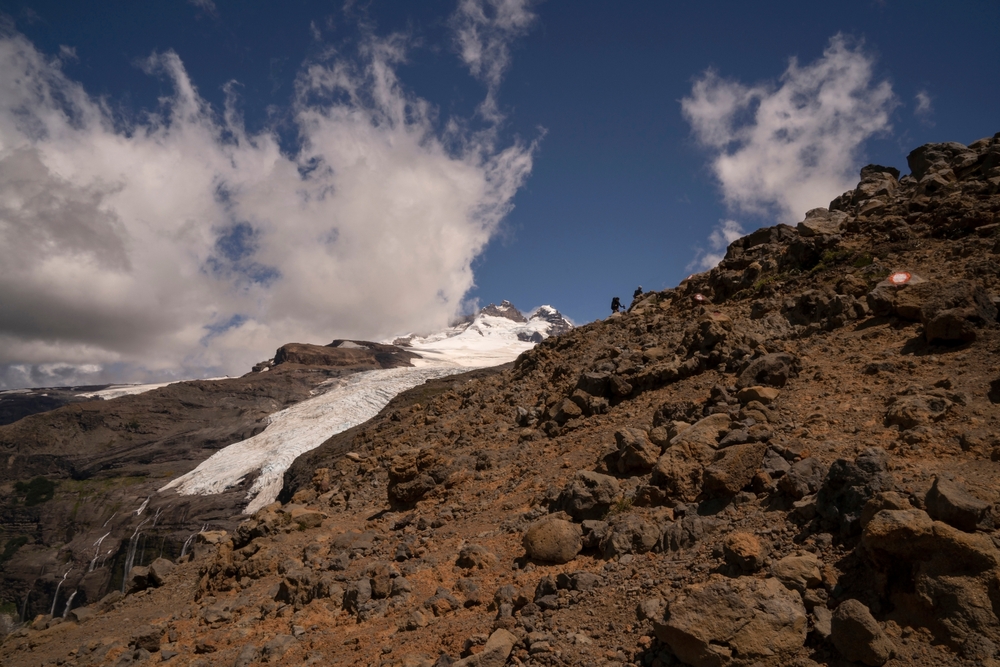The Andes mountain range consists of a 9,000-kilometer belt of peaks that extend from Venezuela all the way down to Patagonia, making it the longest continental range in the world. The wider Andean region is home to around 10 percent of the global population, and according to the United Nations Food and Agriculture Organization (FAO) it is the source of between 60 and 80 percent of the planet’s freshwater.
But the mountains are at risk, with climate change and forest degradation causing many of the icy peaks to melt. And, if nothing is done, some Andean regions could experience irreversible environmental changes.
The alert was raised by a new study from the MapBiomas project, a land-mapping initiative to monitor environmental transformations. The May study showed that almost half of the glaciers in the Andes have disappeared in the last three decades — meaning a loss of more than 1,000 square kilometers of ice.
Researchers say the thawing is the result of years of increasing deforestation in...


 Search
Search






































